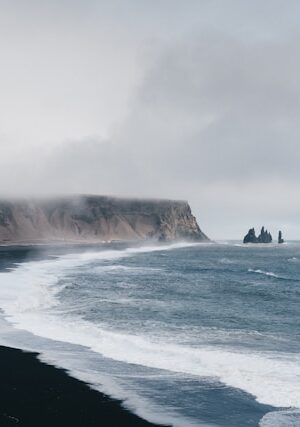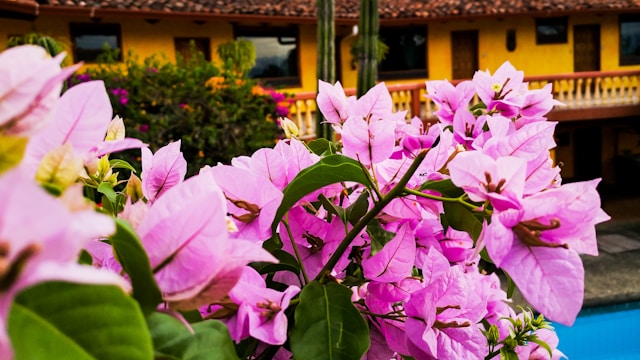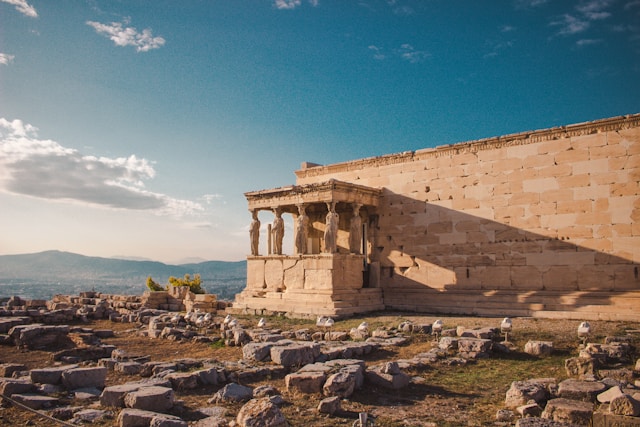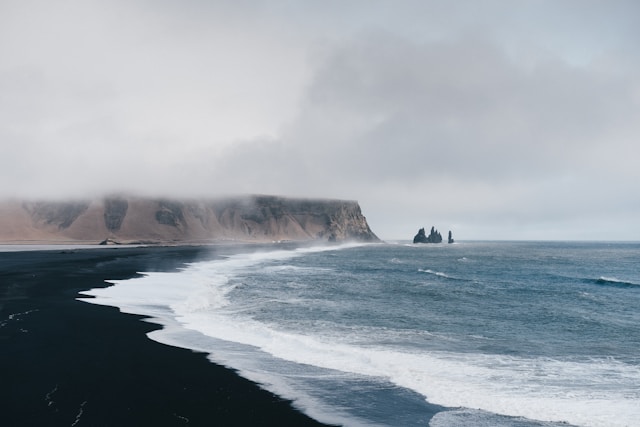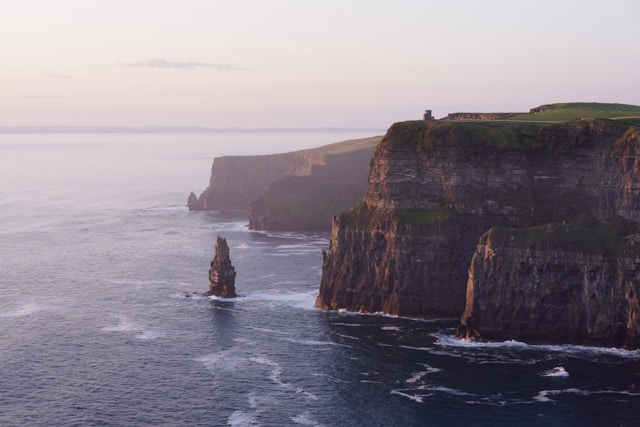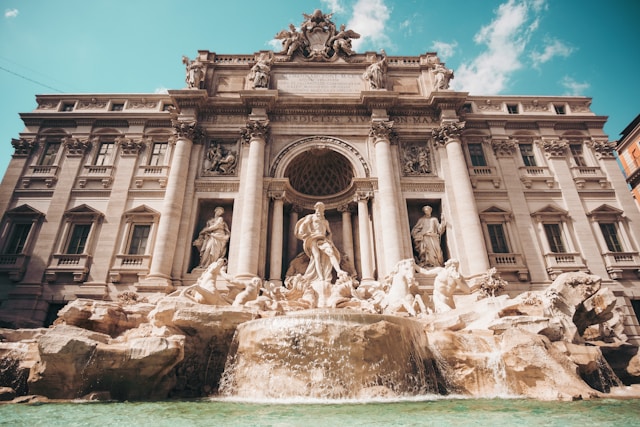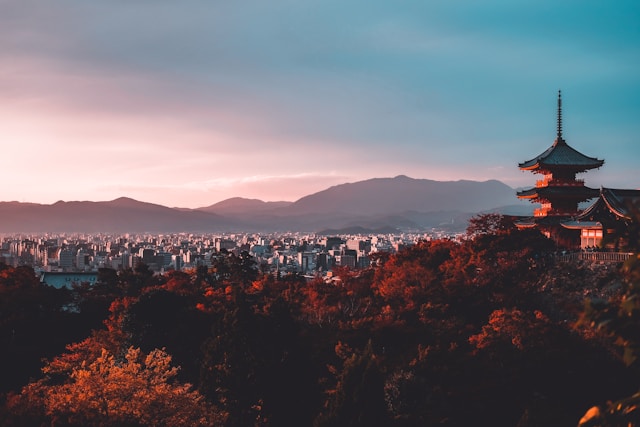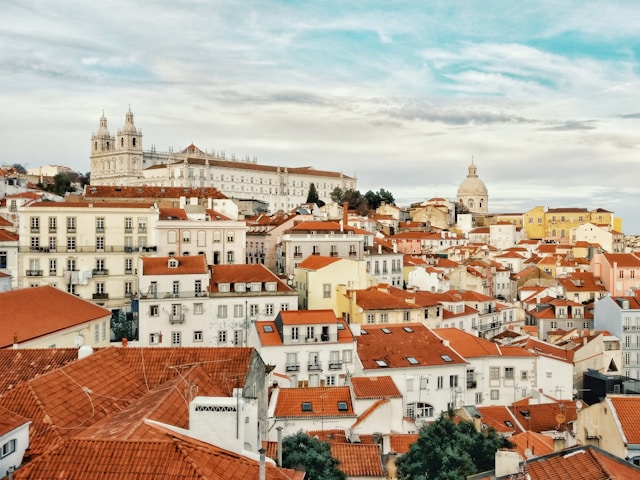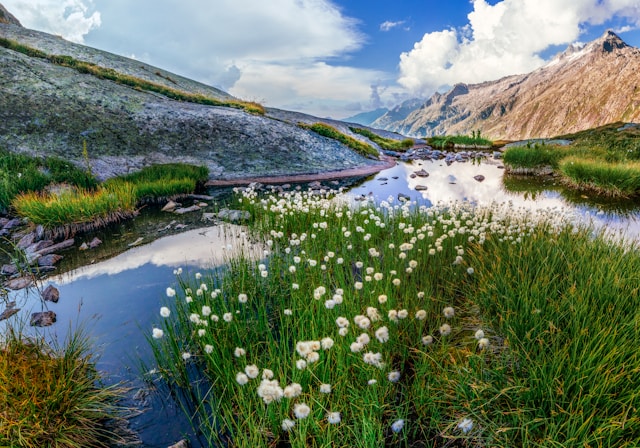Costa Rica, with its lush rainforests, stunning beaches, and diverse wildlife, is a dream destination for travelers seeking both adventure and relaxation. But when is the best time to visit this Central American paradise? The answer depends on what you want to experience. This guide will help you decide the perfect time for your trip to Costa Rica, considering weather patterns, seasonal highlights, and popular activities.
Understanding Costa Rica’s Climate
Costa Rica has a tropical climate, which means it experiences two main seasons: the dry season (known as “summer”) and the rainy season (known as “winter”). However, the weather can vary significantly depending on the region you plan to visit, as the country has several microclimates.
The Dry Season: December to April
The dry season, running from December to April, is the most popular time to visit Costa Rica. During these months, you can expect plenty of sunshine, making it ideal for beach vacations, outdoor adventures, and exploring the country’s natural beauty. This season is especially attractive for those looking to escape the cold winter months in the northern hemisphere.
Pros of Visiting During the Dry Season:
- Perfect beach weather: Coastal areas, especially on the Pacific side, experience little to no rain, with plenty of sun and warm temperatures.
- Ideal for outdoor activities: Hiking, zip-lining, and wildlife tours are more enjoyable without the frequent rain showers.
- Festivals and events: Costa Rica celebrates several cultural events and festivals during this period, offering a rich cultural experience.
Cons of Visiting During the Dry Season:
- Higher prices and crowds: Since this is the peak tourist season, expect higher prices for accommodations and more crowded attractions.
- Limited availability: Popular hotels and tours can book up quickly, so it’s essential to plan and reserve in advance.
The Rainy Season: May to November
The rainy season, from May to November, is often overlooked by travelers, but it has its own unique charm. Also referred to as the “green season,” this period is when Costa Rica’s landscapes are at their most vibrant and lush. While it does rain regularly, it typically falls in the afternoon, leaving mornings and early afternoons relatively dry.
Pros of Visiting During the Rainy Season:
- Lush landscapes: The rain brings life to Costa Rica’s rainforests, making it the perfect time for nature lovers to witness the country’s biodiversity.
- Fewer crowds: With fewer tourists around, you’ll enjoy a more peaceful and authentic experience, and prices for accommodations and tours are often lower.
- Turtle nesting season: If you’re visiting the Caribbean coast, the rainy season is the best time to witness sea turtles nesting on the beaches.
Cons of Visiting During the Rainy Season:
- Unpredictable weather: While mornings are generally dry, afternoon showers can be heavy, potentially disrupting outdoor plans.
- Limited beach time: On the Caribbean coast, rain can be more persistent, affecting beach activities.
Regional Differences in Weather
Costa Rica’s diverse geography means that different regions experience distinct weather patterns. Understanding these differences can help you plan the best time to visit specific areas.
Pacific Coast
The Pacific Coast, including popular destinations like Guanacaste, Manuel Antonio, and the Nicoya Peninsula, is driest from December to April. This area experiences less rain than the rest of the country, even during the wet season, making it a reliable choice for beachgoers year-round.
Caribbean Coast
The Caribbean side of Costa Rica has a different weather pattern, with more consistent rainfall throughout the year. The driest months here are September and October, making them the best time to visit destinations like Puerto Viejo and Tortuguero.
Central Highlands and Cloud Forests
The Central Highlands, home to Monteverde and the Arenal Volcano, have a cooler climate due to the higher elevation. While the dry season is still the best time to visit, the region can experience mist and showers year-round, adding to the mystical atmosphere of the cloud forests.
Special Events and Wildlife Highlights
Beyond weather, the best time to visit Costa Rica might also depend on specific events or wildlife experiences you’re interested in.
Whale Watching
The best time to see humpback whales off the Pacific Coast is from August to October and again from January to March. These majestic creatures migrate to Costa Rica’s warm waters to breed, offering unforgettable sighting opportunities.
Sea Turtles
Turtle nesting season varies by coast. On the Caribbean side, July to October is prime time, while the Pacific coast sees nesting from September to March. Head to Tortuguero or Ostional National Park for a chance to witness this incredible natural event.
Cultural Festivals
Costa Rica’s vibrant culture comes alive during various festivals throughout the year. The most notable is the “Fiestas de Palmares” in January, a two-week celebration featuring parades, concerts, and traditional bullfights.
Conclusion: When Should You Go?
The best time to visit Costa Rica ultimately depends on your interests and what you want to experience. If you’re after sun-soaked beaches and outdoor adventures, the dry season from December to April is your best bet. However, if you’re looking for lush landscapes, fewer crowds, and unique wildlife encounters, consider visiting during the rainy season. No matter when you go, Costa Rica’s natural beauty and warm hospitality will ensure an unforgettable trip.



